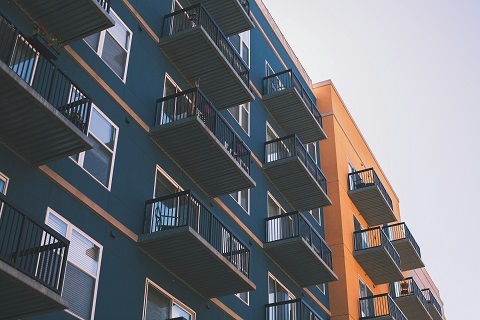Housing Reformns

Housing Reforms
Following release of the NSW Government's Low to Mid Rise proposal to fast-track residential development around stations and commercial centres in December 2023, the NSW Government released their housing targets for the Lane Cove area in May, which require 3,400 dwellings to be built by 2029.
Housing Targets
To provide context, since 2012 Lane Cove has delivered approximately 4800 new dwellings over a 12 year period. That growth was driven by the State Government's original target for Lane Cove set in 2006 of 3,900 over 25 years. Based on historic performance, Lane Cove like many councils, believes the new 3,400 target in 5 years is overly optimistic, particularly as Council cannot control the actual number of dwellings constructed.
While the housing targets were highly anticipated, Council is still awaiting some further clarity around any parameters associated with the target. Based on the information currently released, Council is optimistic that it has sufficient capacity within its existing planning (zoning) controls to allow the new target to be met without further rezonings. In particular, the St Leonards South Precinct can accommodate approximately 2,000 new dwellings, with approximately 900 dwellings under construction.
Low to Mid Rise Development
Unlike the NSW Government’s current approach, the St Leonards South Masterplan provides well-planned housing and associated infrastructure to accompany this growth. This includes several new parks, two Early Education Centres, the expansion of Newlands Park to be the second largest park in our LGA and the new Wadanggari Park and St Leonards Library are within 400m.
Council has been advocating for the Government’s new Mid Rise (6 story) zoning to not apply in the Lane Cove Village. In June, the Government revised their strategy and announced that the 6 story zoning would only apply outside of the village for existing R3 and R4 zonings. The Government also announced implementation of all of the new Low to Mid Rise reforms has been deferred to the second half of 2024.
Council also made representations in relation to increasing the minimum lot size for dual occupancy lots and removal of dual occupancy developments from the Greenwich Heritage Conservation Area. Council welcomes the Government's recent commitment to suspend complying development for dual occupancy developments and provide 12 months for councils to determine appropriate minimum lot sizes.
For the latest information, visit the NSW Government’s website related to Housing Reform and Housing Targets.
Background
Submission to NSW Government
Council's submission to the NSW Government on the proposed housing reforms was formally adopted at the Council meeting on 22 February 2024.
The submission raises a number of issues of concern impacting the local community, in particular the impact on the Lane Cove Town Centre and Dual Occupancy lot sizes. A copy of the submission is available to view online
Affordable Housing
On 14 December 2023 the NSW Government implemented affordable housing reforms to encourage private developers to boost affordable housing and deliver more housing.
The reforms include a floor space ratio bonus of 20–30% and a height bonus of 20–30% for projects that include at least 10-15% of gross floor area as affordable housing. The height bonus only applies to residential flat buildings and shop-top housing.
For example, this could mean that a proposed 21m high (6 to 7 storey) apartment buildings may be up to 27m high (8 to 9 storeys) inclusive of a 30% affordable housing bonus.
This part of the NSW Government’s housing policy came into effect in December last year.
